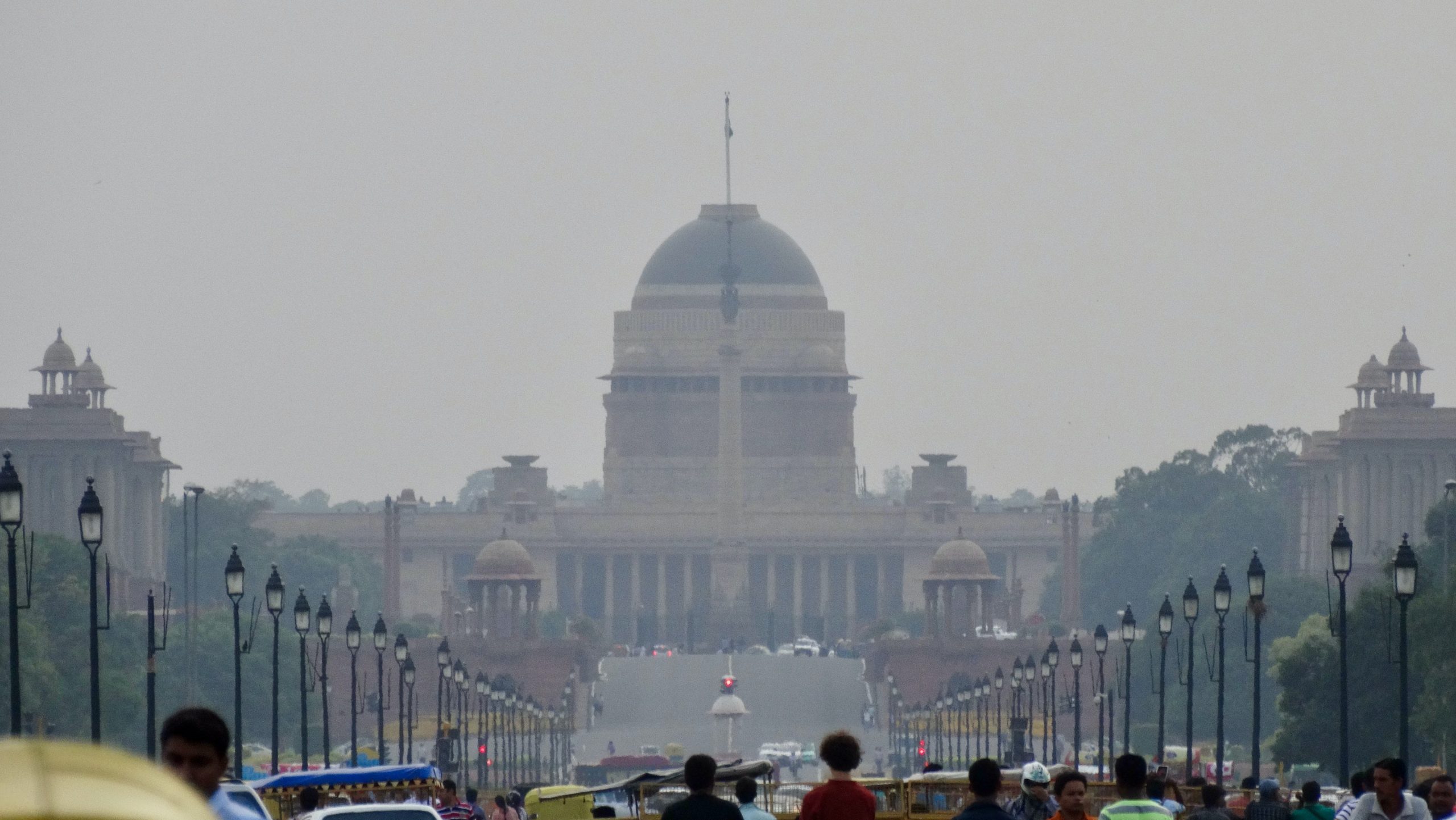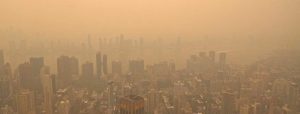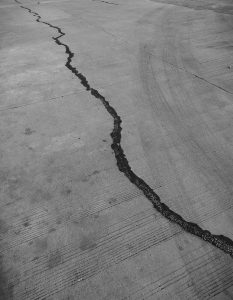Delhi, the world’s
most polluted city, is seeing a slight decline in pollution this year compared
to pollution numbers pre-pandemic, a new study has found. The study probed
pollution levels across seven consecutive pre-winters and winters and found a tiny
dip in PM 2.5 concentration in Delhi’s air.
Also Read | 99% of world’s population breathes poor-quality air: WHO
The report, released
by Centre for Science and Environment (CSE), an India-based green think tank
says PM 2.5 concentration levels, which used to hover around 180-190 microgram
per cubic metre between October to February pre-pandemic, have come down to 150-160
microgram per cubic metre since then.
Breathing better
The CSE study is
based on real-time data from 81 air quality monitoring stations in the region.
· Ghaziabad in
Uttar Pradesh, part of the National Capital Region (NCR) saw the greatest
improvement in PM 2.5 concentration – 30%.
·
Greater Noida saw a 28% decline in PM 2.5 concentration, Noida
23%, Faridabad 16% and Delhi 12%.
·
Gurugram, with 11% improvement, was the worst performer in this
regard.
Peak pollution, the
worst 24-hour average, used to surpass 800 microgram per cubic metre at
individual air quality monitoring stations before the pandemic. “It has been
hovering in the 700-800 microgram per cubic metre range during the last three
winters,” says the report. The winter of 2021-22 was less polluted as compared
to 2020-21 for most NCR cities.
But not breathing
easy
While the study does
point to an improvement in air quality, the numbers are hardly big enough to make
a significant difference. Ghaziabad, which saw the greatest improvement, still
has a PM 2.5-level two-and-half times over the 24-hour standard, the report
said.
Also Read | Firecrackers ban in Delhi: All you need to know
The seasonal
average continues to be over 150% above the 24-hour standard (60 microgram per
cubic metre) and nearly four times the annual standard (40 microgram per cubic
metre) despite the improvement, the study says.
No pattern in sight
The CSE report highlighted
that different parts of Delhi saw peak pollution in the seven winters studied
and no clear pattern has emerged in terms of the city’s pollution numbers.
“Shadipur, DTU,
CRRI Mathura Road, JLN Stadium, Alipur, ITO and Rohini have occupied the worst
peak pollution title in the last seven winters. These are spread across the
city with no clear pattern. This indicates that the winter pollution is
regional in nature and the short-term peak build-up can happen anywhere based
on local meteorology and pollution sources,” the report stated.
Purpose of the
study
The aim of the CSE study, according to the green group’s
executive director of research and advocacy Anumita Roychowdhury, is to
understand the trend in Delhi’s air pollution and “the starting line of the
onset of winter pollution season or pre-winter levels in this region.”







